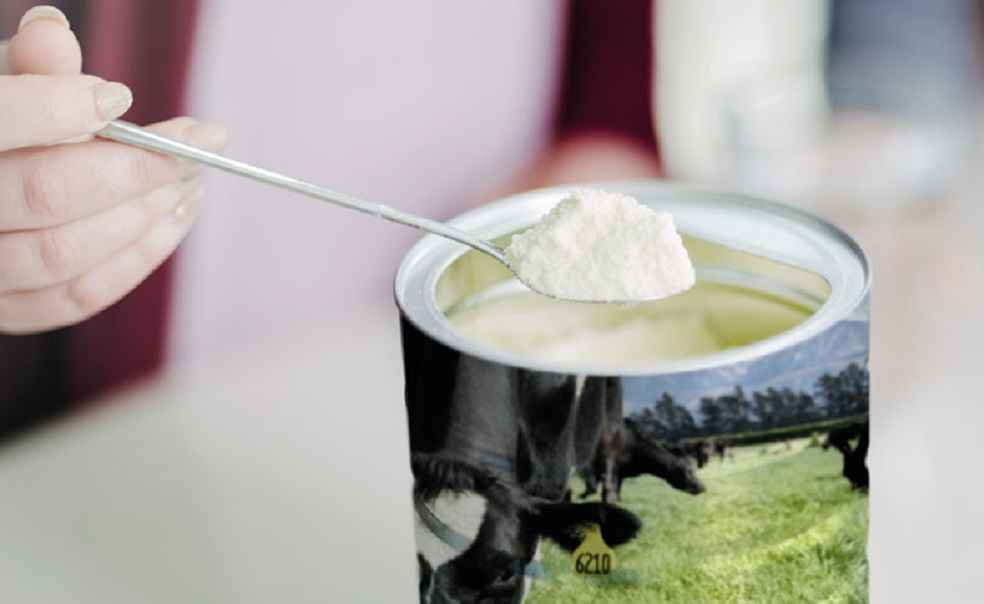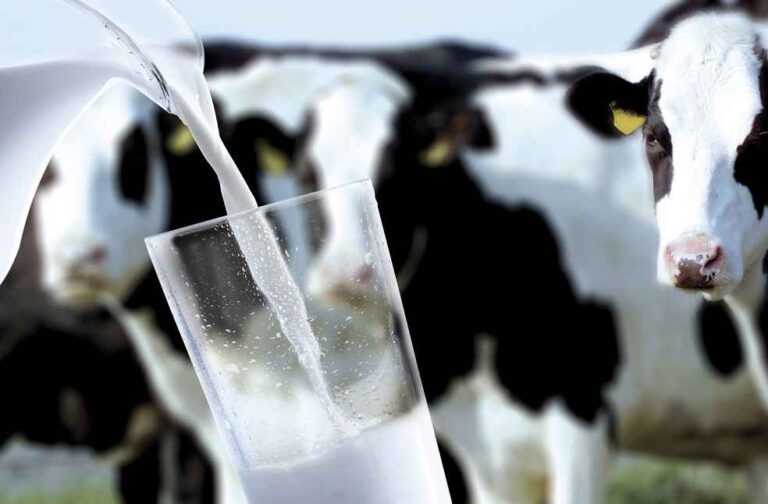Australia confronts an economic quandary within its dairy sector, marked by diminishing exports alongside escalating imports—a scenario portending potential consumer price shocks and transformative industry shifts. RaboResearch’s dairy authority, Michael Harvey, elucidates these dynamics through the ‘Australian Dairy Sector Outlook: Slowing Trading Places’ exposition.
This analysis reveals a disconcerting trend: milk production has plummeted to its nadir for manufacturing since the 1990s, with the 2022/23 season witnessing a production of merely 8.129 billion litres, perpetuating a three-year descent. This contraction not only affects domestic supply but also Australia’s prominence in the international dairy market.

Despite the adversity, Australia secures its rank as the globe’s quintessential fifth-largest dairy exporter, contributing a four percent share to worldwide trade. The exposition accentuates the export sector’s susceptibility to cyclical fluctuations intrinsic to the dairy commodity market, influencing farmgate prices both positively and negatively. This volatility underscores the precariousness of Australia’s export capacity absent a paradigmatic augmentation in domestic milk production, alongside a burgeoning domestic demand, leading to a diminished surplus for international trade.
Compounding this predicament, milk imports have surged, doubling from 2013 to 2023, with butter and skim milk powder dominating these inflows. This trajectory towards more economically viable dairy products presages an uptrend in import reliance over the forthcoming period. While addressing consumer affordability short-term, this trend poses significant questions regarding the long-term viability and autonomy of Australia’s dairy industry.

Harvey’s critique advocates for a strategic realignment towards valuing innovation over sheer volume. He proposes that dairy entities invest in pioneering technologies, novel partnerships with milk producers, and embrace innovation. Such strategies, bolstered by retailer support for local dairy sourcing, could ameliorate market fluctuations. Nonetheless, consumers should brace for potential pricing volatility, manifesting as ‘sticker shock’, as the market recalibrates to these evolving paradigms.
At this juncture, Australia’s dairy sector teeters on a precipice, contending with both internal adversities and external exigencies that necessitate a reimagined approach to production, trade, and consumer engagement. With a spotlight on innovation and a commitment to local sourcing, the path forward illuminates prospects for enduring resilience and expansion within this industry.
AEROSPACE AND DEFENCE | South Korea Remains Unshaken in Defense Exports



